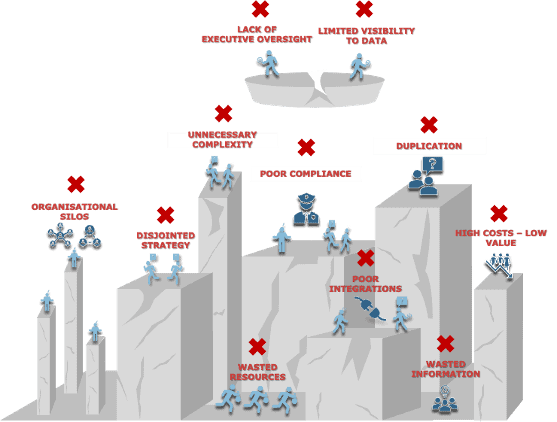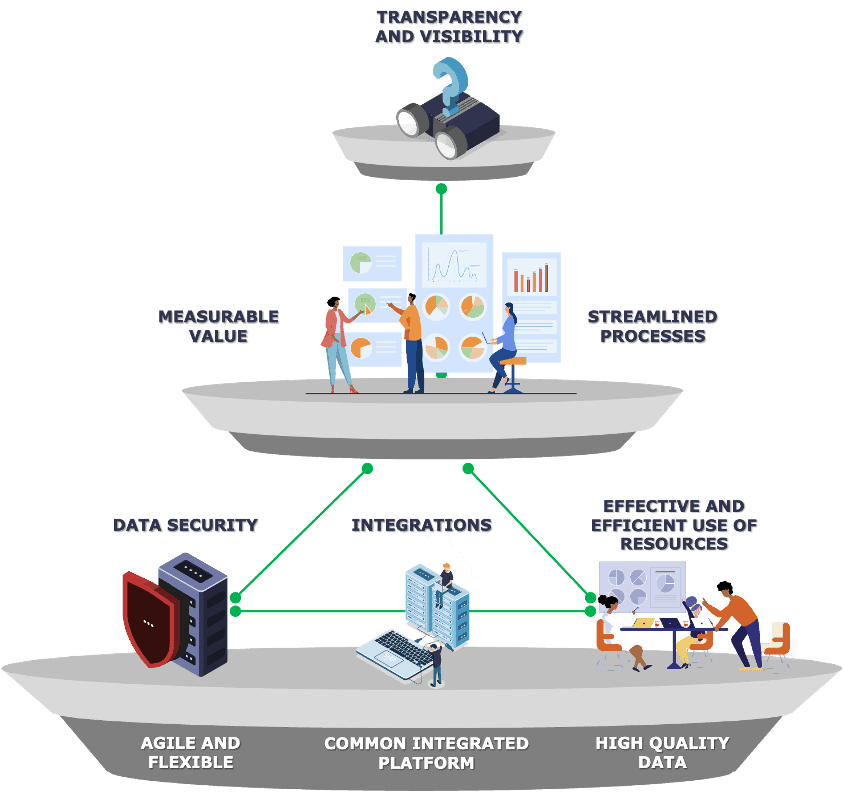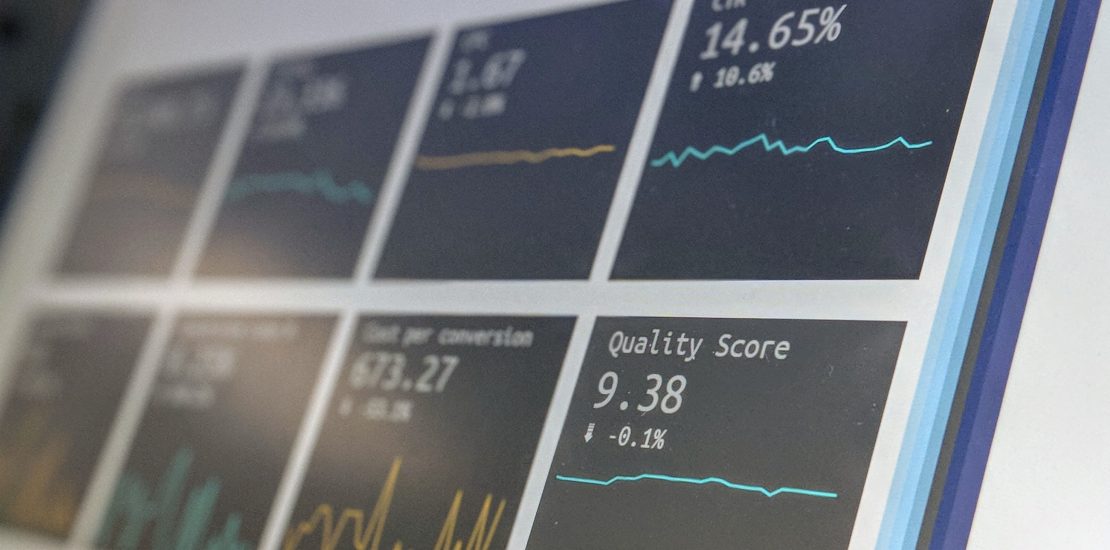Thought Leadership
The Procurement Business Review
March 31, 2022


To drive real measurable value from your procurement and finance operations you need to align your People, Processes and Technology, if any of them are slightly misaligned the knock-on effects can be huge from poor compliance to decisions made on incomplete data.
Why did we create the Procurement Business Review? Well, one of the most common challenges faced by procurement leaders today, amongst the constant drive to save money, is the ability to do more with less. This could be higher workload driven by new regulatory requirements, greater cost saving targets or provide more detailed spend and process reporting. In our experience, most organisations are not well-placed to enable their Procurement function to do this well – there is lack of alignment between the people (both internal and external), the process and the technology.
what impact does a misalignment have on a business?

Not all businesses are as chaotic as those shown in Figure 1, however we do see most organisations being able to relate to at least 3 of the characteristics in the image, most commonly this would include organisational siloes (departments not working well together and sharing information), a lack of executive oversight and high costs for low value transactional activities. All of these factors are symptomatic of misalignment between your people, processes and technology – and they’re holding your procurement and finance operations back from growing the organisation more strategically.
so, what does alignment look like then?

When your people, processes and technology or aligned your procurement function can start playing a far more strategic role in the organisation. Driven by complete visibility and transparency over how, why, when and to who money is being spent with, enables businesses to make truly data-driven decisions. Importantly you are able to measure, with accuracy and confidence, the value that you are driving for the business and how efficiently the process is running. All driven by high quality, secure data that enables people in the business to spend their time on more value adding activities.
the procurement business review – how to identify and correct alignment
This all begs the question, how aligned is your business? If you identify with any of the characteristics of a mis-aligned business than you there is definitely going to be some level of misalignment across people, process and technology that is holding back you business. To help Procurement and Finance Leaders understand how aligned their business is and identify ways to correct it, we are sharing our Procurement Business Review process. This process has typically been used to help organisations build a value-driven business case for a Procurement transformation but the same process applies to both identify how aligned your business is and what is the process to get. We’ll take you through the 8 steps involved in the procurement business review.
Step 1 – Scope
Typically we see businesses start this process because there has been a problem come up, some sort of incident (like an audit finding, case of fraud or supplier issue) that pushes a business to want to look more closely at an individual process. Use this as an opportunity to look past your burning issue and review the whole Source to Pay process , looking at a single issue in isolation typically results in a band-aid technology solution, processes that remain largely unchanged and disengaged people.
Step 2 – Existing Processes
Processes don’t exist in isolation – you need to understand all aspects of the value chain to really understand what is going on. Use this opportunity to speak with key stakeholders, both internal and external, to understand what is working well, what is not working well and what exceptions cause the biggest problems in terms of time and manual work. From these interviews you should be able to gather key insights to questions such as:
- What are the key pain points in the process?
- What automation and process efficiencies will delight users?
- What user experience is needed to drive greater user adoption?
- What will drive return on investment? Where are the opportunities to reduce your cost of processing invoices, buying goods or negotiate greater cost savings across your supplier base?
- What would be the quick wins within your processes what will need to be a longer-term development?
- What cultural and team factors might impact your ability to change processes effectively?
- What different technology platforms that are in use in the process at the moment?
Step 3 – Current Technology
Most organisations have multiple platforms that capture different datasets in the process, some are legacy platforms, some are born out of manual processes and some drive efficiencies and are working well. Whilst there is a temptation to not want to look too deeply into the technology piece its actually more important to understand the data behind your current technology. Based on your understanding of the existing process from step 2 you can start to map out:
- What data is required in your source to pay process and what system/s are the source of truth for that data
- Where data is unnecessarily duplicated across the process and any systems which are solely holding duplicated data
- What data needs to be integrated to ensure that the relevant sources of truth for key data remain as the source of truth.
- Where data quality may be corrupted in your existing process
Step 4 – Future Process
New technology can’t fix old or poor performing processes – a very common driver of misalignment in businesses so you need to identify what your future process will look like. Based on the information you already have, it’s time to add a lens of what best practice should look like. Your future process should be informed by the following key design principles:
- Process simplification
- Maximising automation
- Systematising compliance
- Elimination of double-entry of data
- High data quality
- Drive user adoption
- Flexible to adapt to current trends
Its these principles that can drive the alignment across your organisation and importantly identify what you need from your technology.
Step 5 – Identify Tech Needs
Technology based on current processes delivers current results as well as perpetuates misalignment across the business. A common mistake made is looking to not change your processes and introduce new technology – or let the technology drive what the process should be. Armed with the information captured in the first 4 steps you should have a strong indication of the type of user experience that you need to deliver to ensure that your people are aligned and what is needed to meet the process needs. The technology should glue these two areas together, not drive them apart.
Start identifying what does your Technology need to do, map your current technology against that and see where the gaps are – this will help you identify what you need to go to the market for (if you need different platforms) or what you need from IT team to drive a better user experience.
Step 6 – Change Road Map
Having followed this process up to now, you are armed with some very powerful insights on your current people and processes such as:
- The key pain points in the process
- The automation and process efficiencies that will delight users
- The user experience that is needed to drive greater user adoption
- The key levers that will drive a return on investment
- Any quick wins
- The cultural and team factors that might impact your ability to change processes and technology effectively
Use this information to inform your transformation roadmap, focus in on what will build momentum for driving value from a user perspective and financial return on investment perspective. A roadmap informed by this gives the project a really important puzzle piece – control.
Step 7 – Focus on Value
At this stage its likely that you’ve identified some gaps in processes and technology and there is some investment required to help close that gap and drive alignment. A business case is typically a process that gets oversimplified and ends up being focused only on numbers – money going out and money coming in. Financials are an important component of the business case but they are not the only component. Your business case needs to address three overarching points to be approved and drive the project to deliver on its promises:
- Trust – the business case needs to be well researched (see previous 6 steps) so that Executives trust that you know what you are talking about
- Honesty – it should be honest in its assessment of this project, giving confidence to the Executive team that you understand what are the things that will accelerate and slow the project down, what are the financial and project delivery assumptions?
- Governance – it should plot a clear path with robust monitoring and evaluation points that will ensure that the project will deliver on its promises. Having a robust plan that outlines the key ‘transformation’ metrics that need to be achieved and what corrective action can be applied.
You can read more about building value-driven business cases here.
Step 8 – Track and Correct
The technology is only ever going to be an enabler rather than a solution itself. Organisations, tpyically lose sight of the following once a new piece of technology is in:
- Is the process working as you expected it to? Are you getting the process improvement costs you identified in the business case?
- Are you on track to deliver the benefits from the business case?
- Is the business case holding up? What areas are under and over performing?
The process you have gone through to get to this point can be used as an incredibly powerful tool to track and monitor the value levers you have identified and set them as KPIs within the process. You should have visibility over the process to be able to track these KPIs in near real-time, identify where things are going well and course correct where required.




